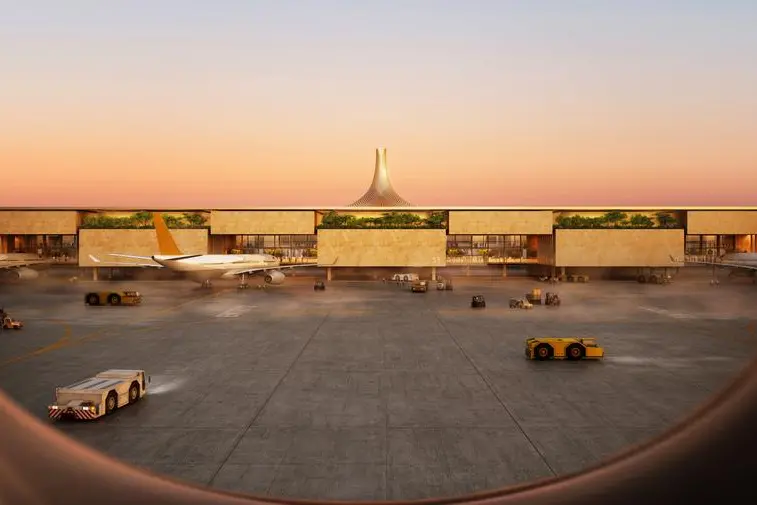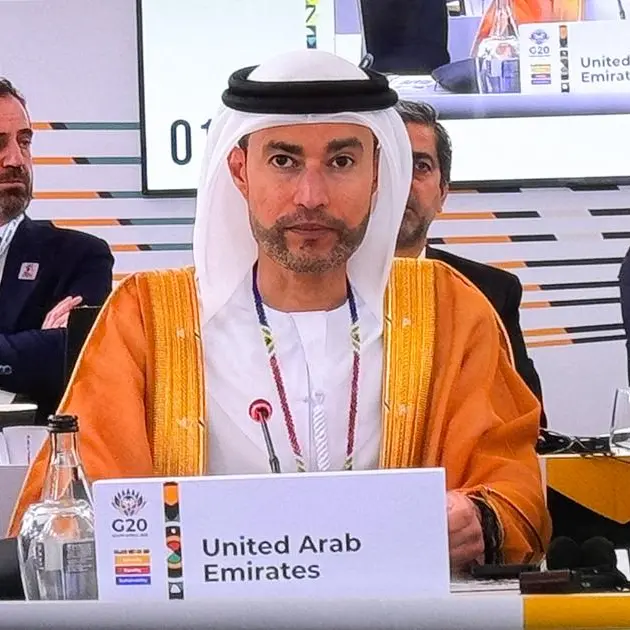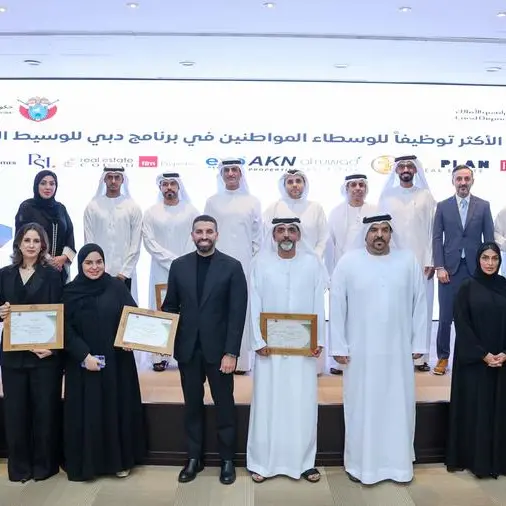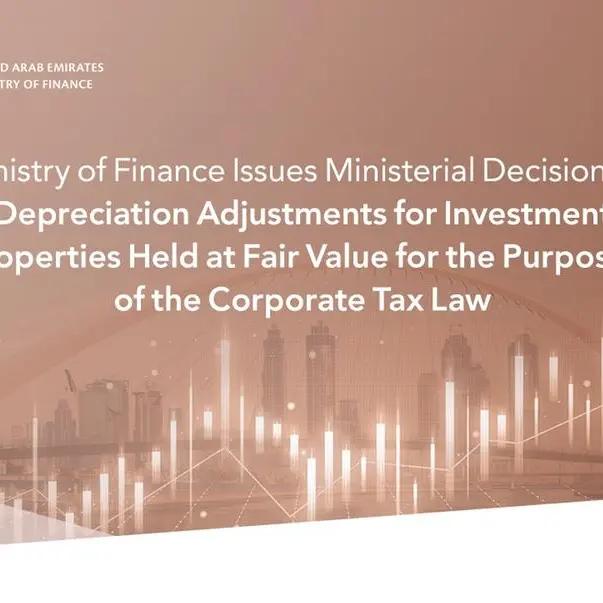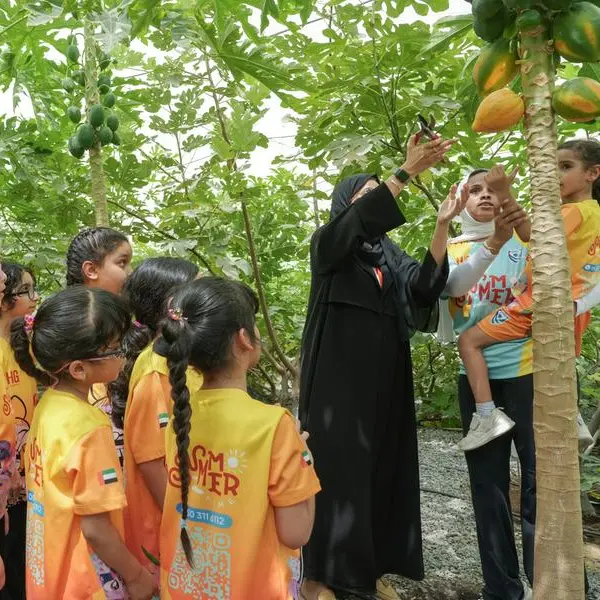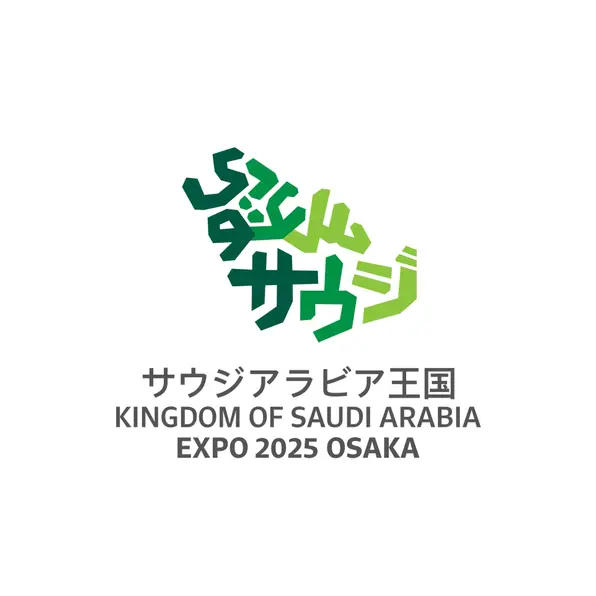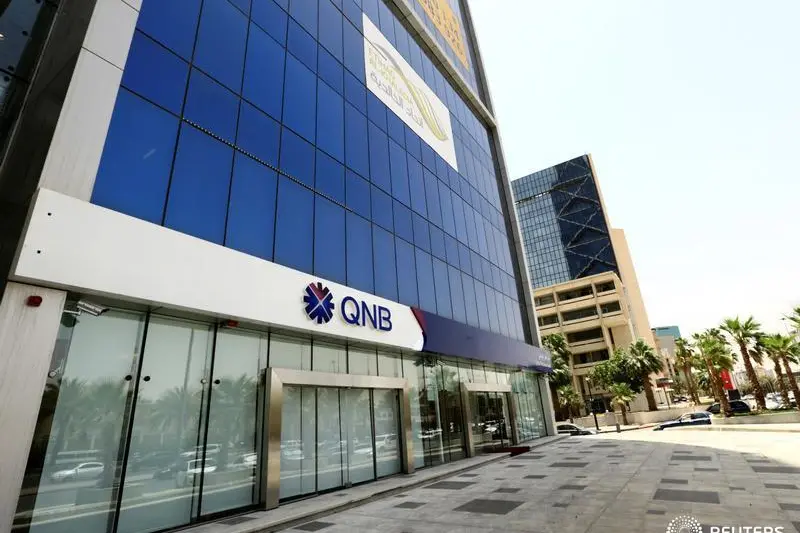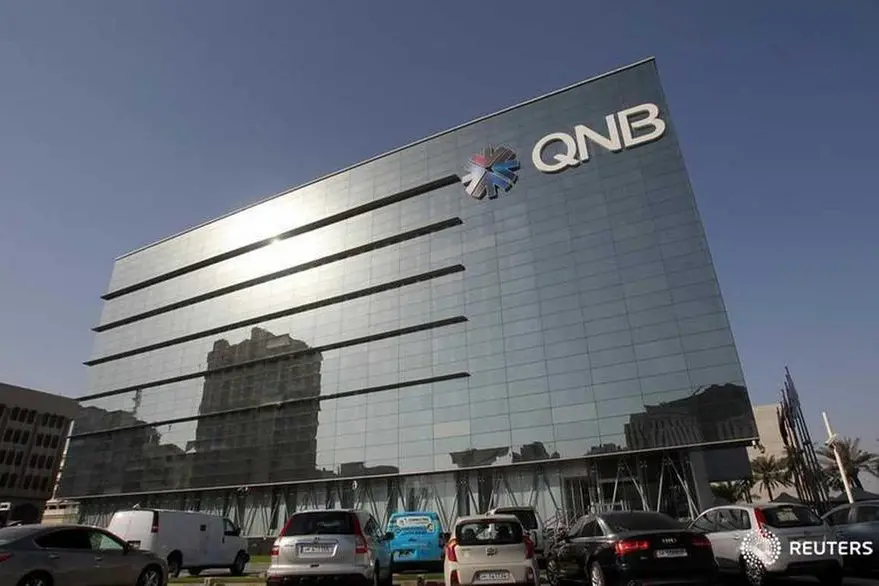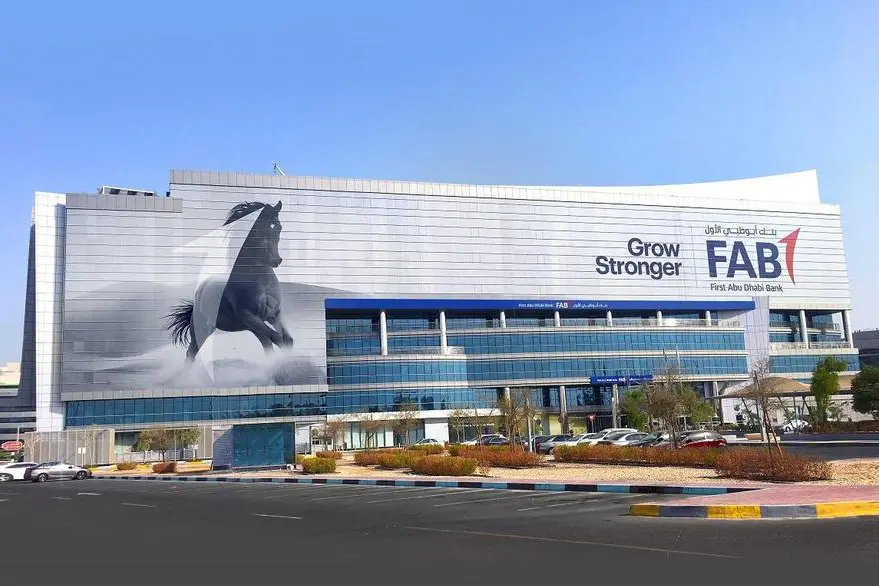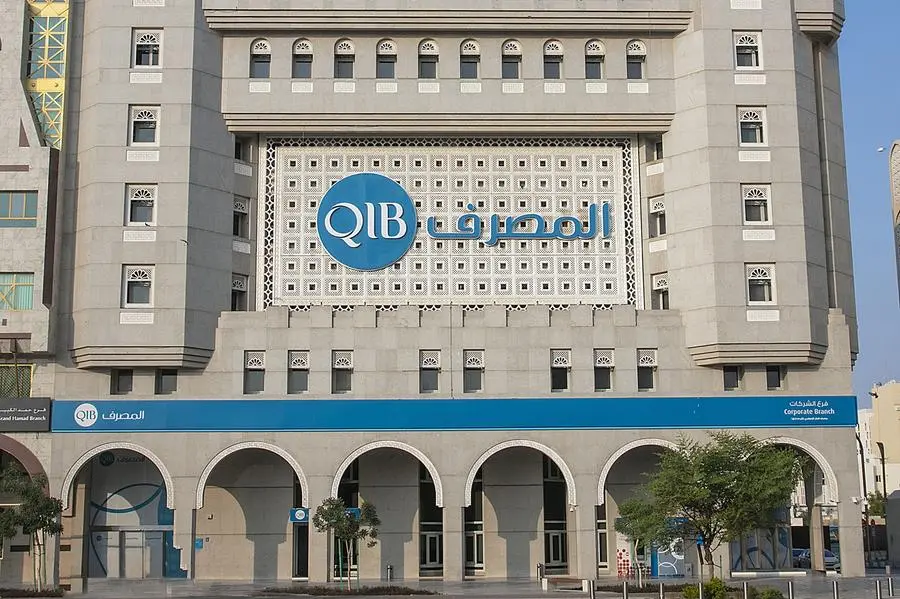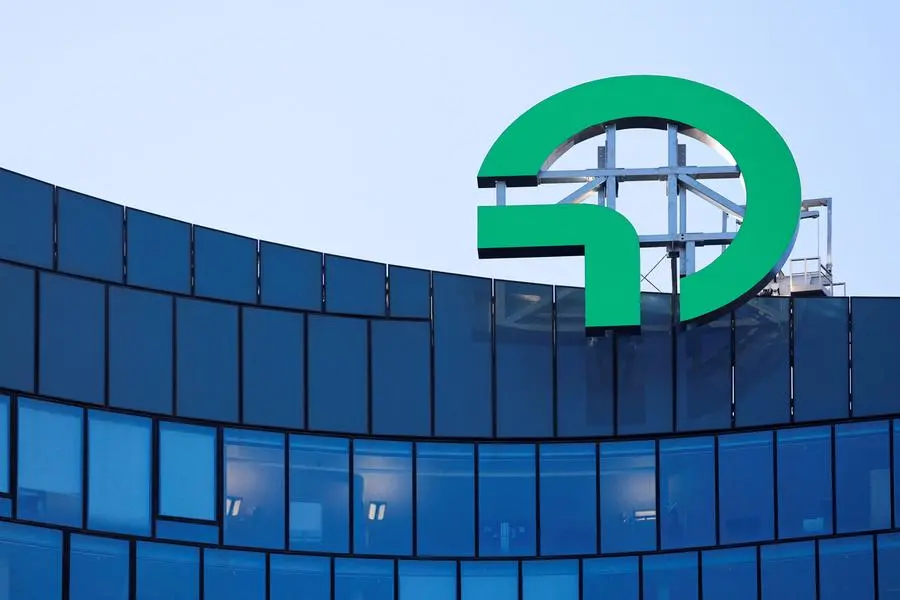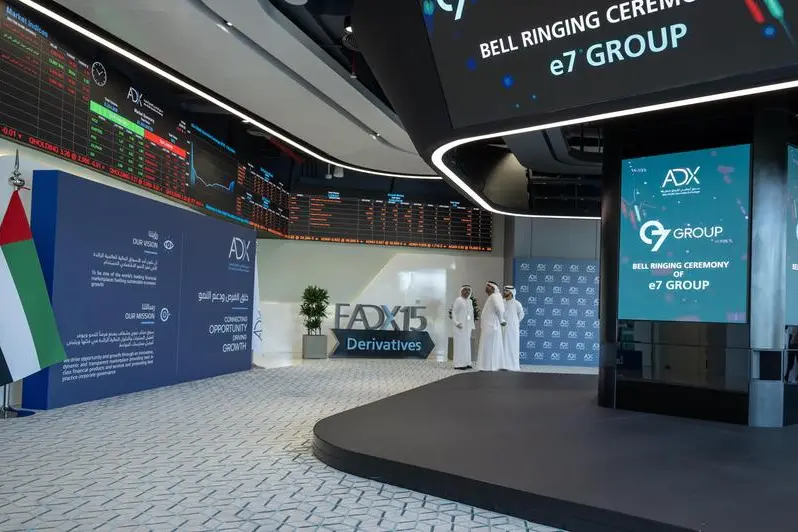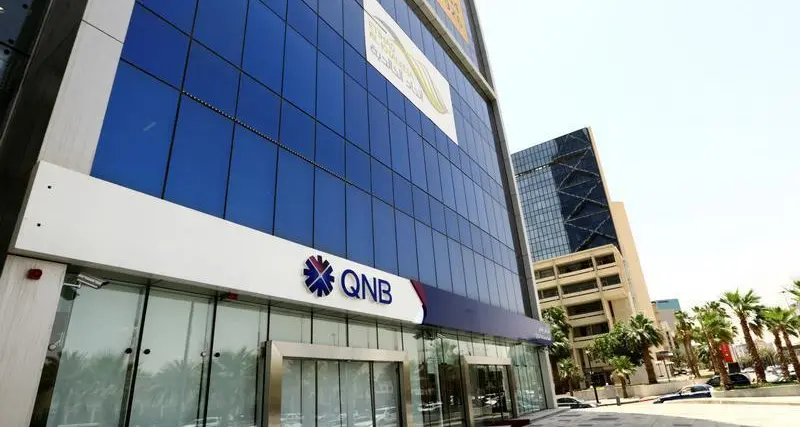PHOTO
King Salman International Airport will boost Riyadh’s position as a global logistics hub and stimulate transport, trade and tourism. Image Courtesy: Public Investment Fund, Government of Saudi Arabia
- King Salman International Airport will boost Riyadh’s position as a global logistics hub and stimulate transport, trade and tourism
- The airport is expected to accommodate up to 185 million passengers and process 3.5 million tons of cargo by 2050
- It will cover an area of approximately 57 km2, allowing for six parallel runways and airport support facilities, residential and recreational facilities, and retail outlets
- With sustainability at its core, King Salman International Airport will be powered by renewable energy
As the 22nd WTTC Global Summit began in Riyadh today, His Royal Highness Crown Prince Mohammed bin Salman bin Abdulaziz, Prime Minister and Chairman of the Council of Economic and Development Affairs (CEDA), Chairman of the Public Investment Fund (PIF), today announced the masterplan for King Salman International Airport which will boost Riyadh’s position as a global logistics hub, stimulate transport, trade and tourism, and act as a bridge linking the East with the West. The airport project is in line with Saudi Arabia’s vision to transform Riyadh to be among the top ten city economies in the world and to support the growth of Riyadh’s population to 15–20 million people by 2030.
King Salman International Airport is expected to be one of the world’s largest airports covering an area of approximately 57 km2, allowing for six parallel runways and including the existing terminals named after King Khalid. It will also include 12km2 of airport support facilities, residential and recreational facilities, retail outlets, and other logistics real estate. The airport aims to accommodate up to 120 million travelers by 2030 and 185 million travelers, with the capacity to process 3.5 million tons of cargo, by 2050.
It will become an aerotropolis centered around a seamless customer journey, world-class efficient operations, and innovation. Riyadh’s identity and the Saudi culture will be taken into consideration in the airport’s design to ensure a unique travel experience for visitors and transit travelers.
With sustainability at its core, the new airport will achieve LEED Platinum certification by incorporating cutting edge green initiatives into its design and will be powered by renewable energy.
The announcement comes as part of PIF’s strategy which focuses on unlocking the capabilities of promising sectors to enhance Saudi Arabia’s efforts in diversifying the economy, and it is in line with the National Transport Strategy and the Global Supply Chain Resilience Initiative. The new airport is expected to contribute 27 billion Saudi riyals annually to non-oil GDP and to create 103,000 direct and indirect jobs, in line with Vision 2030 objectives.
-Ends-
